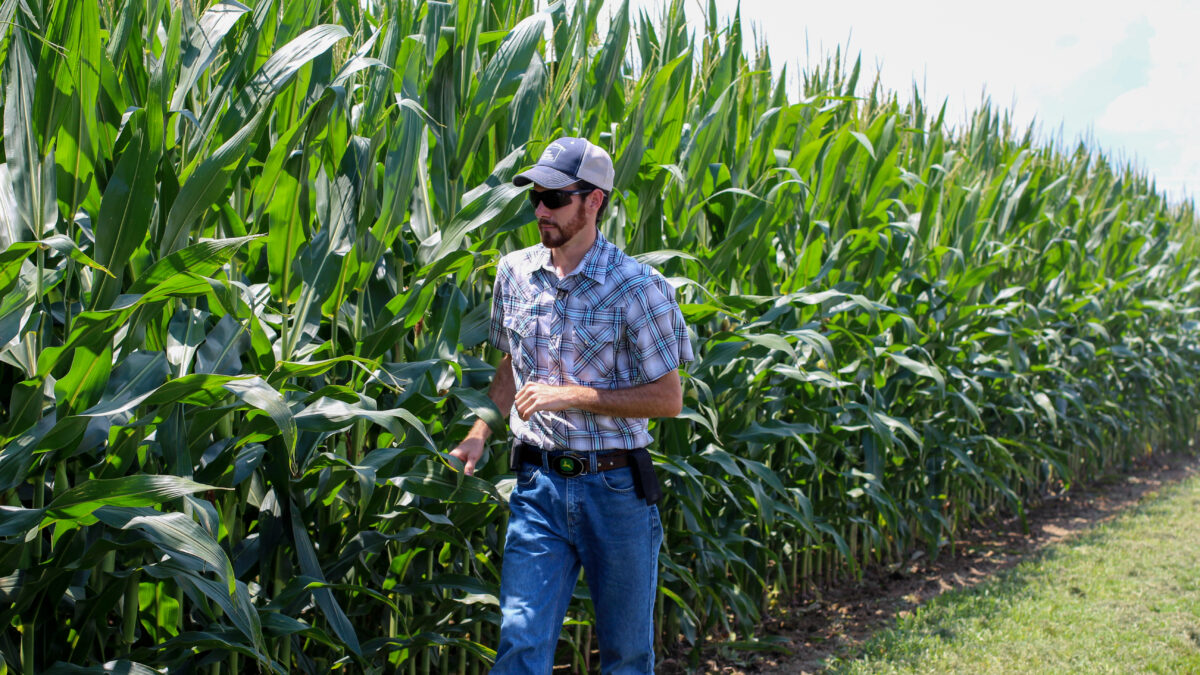Celebrating Agriculture on Labor Day
Guest Author
Special Contributor to FB.org

photo credit: Tennessee Farm Bureau, Used with Permission
Guest Author
Special Contributor to FB.org
Download a 60-second audio version of this column from here.
The first Labor Day celebration was a big parade held on September 5, 1882 in New York City. Organized by trade unions to impress employers and politicians, it overlooked farmers even though 49 percent of American workers were employed on farms at the time. In 1894, Labor Day became a national holiday by an act of Congress.
Labor Day traditionally has been a day to take stock of the social and economic achievements of the American labor movement. But, with union membership down to 11 percent of the workforce, the day is recognized more often as the last holiday of summer.
Agriculture may have been left out of Labor Day, but its impact on jobs now and in the future is worthy of attention. Today, there are 3.75 million Americans employed full- and part-time in agriculture, including forestry, fishing and other activities. In comparison, the tech sector supports 4.3 million jobs. If one were to look at food-related industries, the numbers jump way up. In fact, one in 12 American jobs is dependent on agriculture.
Looking ahead, the Bureau of Labor Statistics is predicting a 19 percent decline by the year 2022 in the number of farmers, ranchers and other agricultural managers. This compares with an 11 percent increase in jobs for all occupations.
But the outlook for jobs in agriculture is more promising than it first appears. The projected decline in farmers points to the continuing ability of the agriculture sector to produce more with fewer workers. By using drones, driverless tractors and other advanced technology, the farmer of the future will increasingly rely more on brains than brawn.
The Bureau of Labor Statistics notes an increasing number of small-scale farmers who have developed successful market niches that involve personalized, direct contact with consumers. The BLS also finds that completing a degree at a college of agriculture is becoming important for men and women who want to farm or work in a supporting role.
What 's most encouraging are prospects for good jobs in all of agriculture, from large, highly-capitalized operations to small farms that supply farmer 's markets and local restaurants. This is confirmed in an Agriculture Department report that says college graduates will find good employment opportunities over the next five years in food, agriculture, renewable natural resources or the environment. Between now and 2020, USDA expects to see almost 58,000 average job openings per year for graduates with a bachelor 's degree or higher in those areas.
The strongest job market is expected for plant scientists, food scientists, sustainable biomaterials specialists, water resources scientists and engineers, precision agriculture specialists, and farm-animal veterinarians.
A strong market is expected for e-commerce managers and marketing agents, ecosystem managers, ag-science educators, crop advisors and pest control specialists.
Farmers and ranchers may not come to mind in celebrating Labor Day, but the agricultural workforce is an important component of the American economy, and it has no match anywhere else in the world.
Stewart Truelsen, a food and agriculture freelance writer, is a regular contributor to the Focus on Agriculture series.
Trending Topics
VIEW ALL